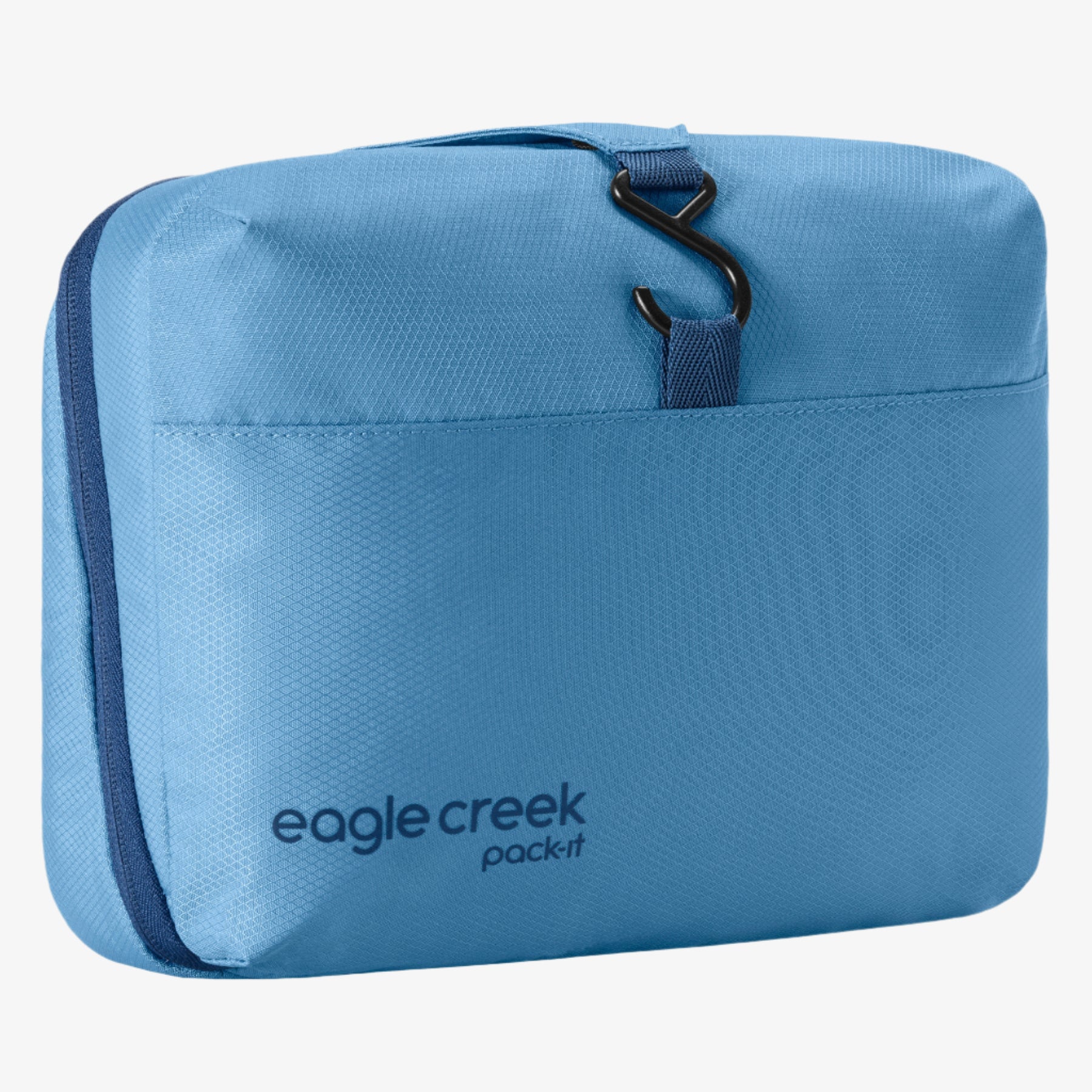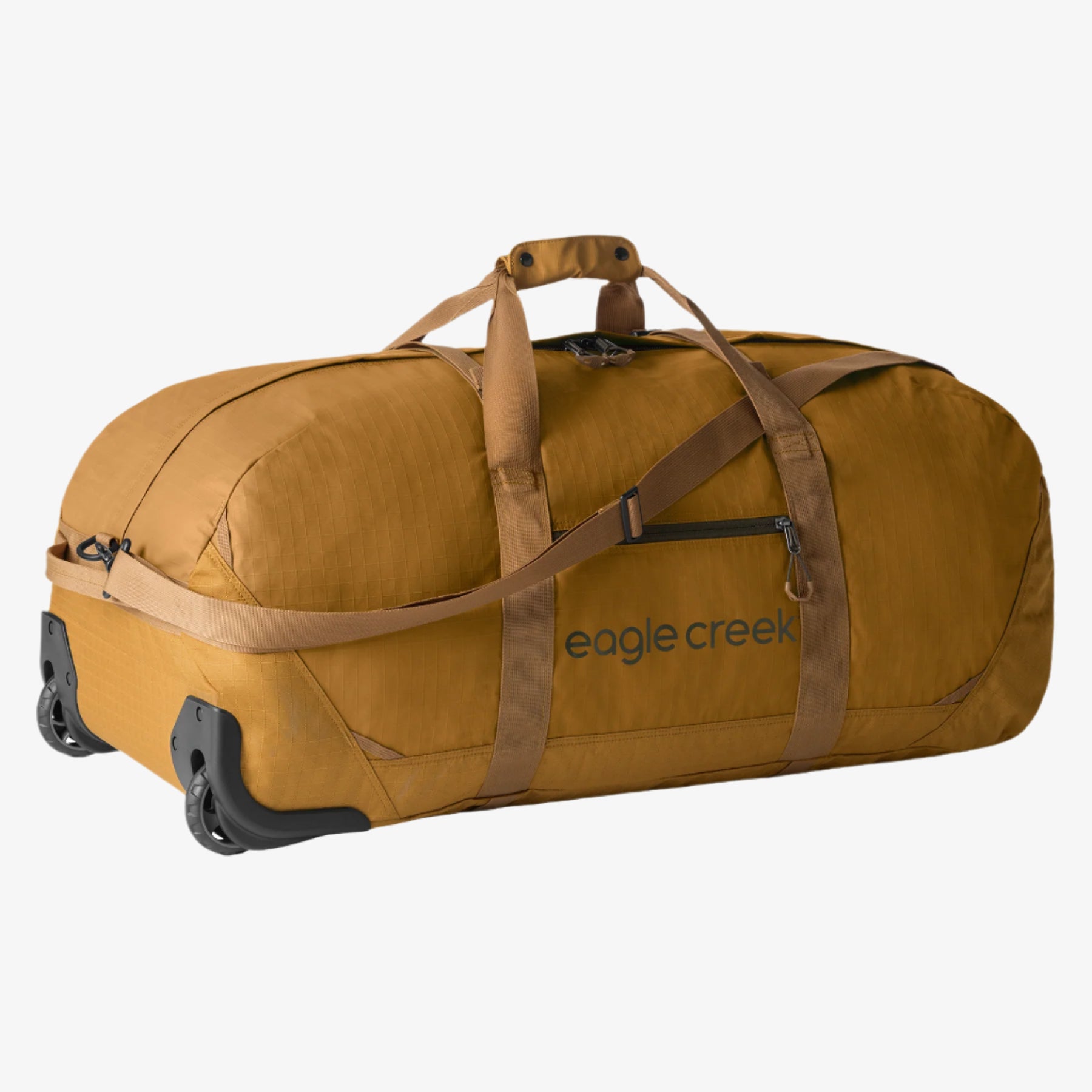Your Must-Know Guide to the U.K.'s Jurassic Coast

Are you intrigued by evolution? Does the idea of uncovering a new species of dinosaur excite you? Head down to England’s Jurassic Coast, where there’s plenty to discover along its pebbled beaches and within its quiet coves.
Located aside the English Channel on the U.K.’s southern shore, the Jurassic Coast stretches 96 miles (154 kilometers), from Orcombe Point near Exmouth, Devon to Old Harry Rocks near Swanage, Dorset, and is listed as a UNESCO World Heritage Site.
Known as one of the great natural wonders of the world, the Jurassic Coast encompasses a number of breathtaking landscapes and offers visitors insight into 185 million years of Earth’s evolution. There, you can find fossils from the Jurassic, Cretaceous, and Triassic periods. It's well worth a trip to the region—but before you book it, take a look at the following tips, which will help guide your planning.
Why should you visit the Jurassic Coast?
Are you a beach lover? Does natural history excite you? Perhaps you’re in your element exploring the natural world. Whatever your ideal itinerary, the panoramic views of glorious sandy beaches, shorelines scattered with fossils, and miles of undulating coastal trails make this part of the world the perfect place for a holiday.
When should you visit ?
Thanks to Southern England’s clement weather, the Jurassic Coast is blessed with affable temperatures year round. The winter months bring clear skies and crisp, cold days, which many travelers favor over the heat during the height of summer. If long, sunny days appeal to you, however, visit sometime from June through August for a true taste of idyllic British summertime. But keep in mind that this is the most popular time for fossil fans, so accommodations and activities will likely book up early and may be more expensive.
Where should you stay?
Whether you prefer bed and breakfasts, campsites, caravan parks, or luxury hotels, there’s something for everyone on the Jurassic Coast—and almost every accommodation option boasts picturesque coastline or countryside views. Bridport is a popular hub for many travelers who are looking for a few days away. Consider staying at one of the town’s boutique hotels, or check into a vacation rental on the outskirts for a more immersive experience.
What should you pack?
When packing for the Jurassic Coast, stick to a simple wardrobe of lightweight, quick-dry fabrics, which are perfect for the many adventures that await. Take along an All Terrain Money Belt or Undercover™ Hidden Pocket to keep your valuables out of sight when hiking or sightseeing. Also, consider a versatile wheeled backpack with removable daypack, like Eagle Creek’s DoubleBack™ Carry-On, which you can use during your journey to and from home as well as for daytrips while you’re at your destination.
Where should you eat?
The Jurassic Coast boasts a remarkable selection of cafes, pubs, and restaurants, many of which feature locally grown produce on their menus. For the perfect afternoon tea, try Love Cake etc, a quaint tearoom in Swanage serving homemade fare. Or, for a true taste of the British countryside, try The Greyhound Inn, a contemporary country pub set beneath the ruins of the once mighty Corfe Castle.
What are the Jurassic Coast’s top attractions?
Lulworth Cove, which is accessible by land or sea, is a unique, horseshoe-shaped beach that was formed more than 10,000 years ago. While in the area, take the time to visit the West Lulworth Heritage Centre, where you can learn about Lulworth, its coast, and the history of the village.
From there, head west across the Lulworth Estate toward the iconic natural wonder, Durdle Door. The natural limestone arch, formed on a concordant coastline (where bands of rock run parallel to the shoreline), is an impressive sight and one of the region’s main attractions.
The pebble coastline of Chesil Beach stretches for 18 miles (29 kilometers) and is separated from the mainland by an extraordinary expanse of salt water called Fleet Lagoon. This part of the Jurassic Coast has been featured in British literature and popular culture (the landscape around the iconic Durdle Door has appeared in a number of music videos and in the film, Nanny McPhee, starring Emma Thompson). It's also an exceptional area to visit with children. Here, you’ll likely find fossils nestled amid the pebbles, so keep your eyes peeled as you walk along the beach.
At the western end of Chesil Beach sits the Abbotsbury Swannery, which is home to the world’s only managed colony of nesting Mute Swans. Established by Benedictine Monks in the 1040s, the Swannery has been under the stewardship of the Ilchester Estates since the dissolution of St. Peter’s abbey, which was destroyed in 1539. The Swannery, which was used as a filming location for the Harry Potter films, is a firm favorite with families.
Southern England’s Jurassic Coast certainly offers more than first meets the eye. Take a step back in time and uncover the rich heritage of this spectacular stretch of coastline. After all, you never know what you might find.
RELATED LINKS
What to Pack for Ireland: The Five-Step Solution







































